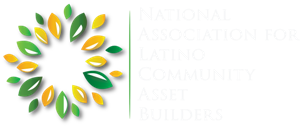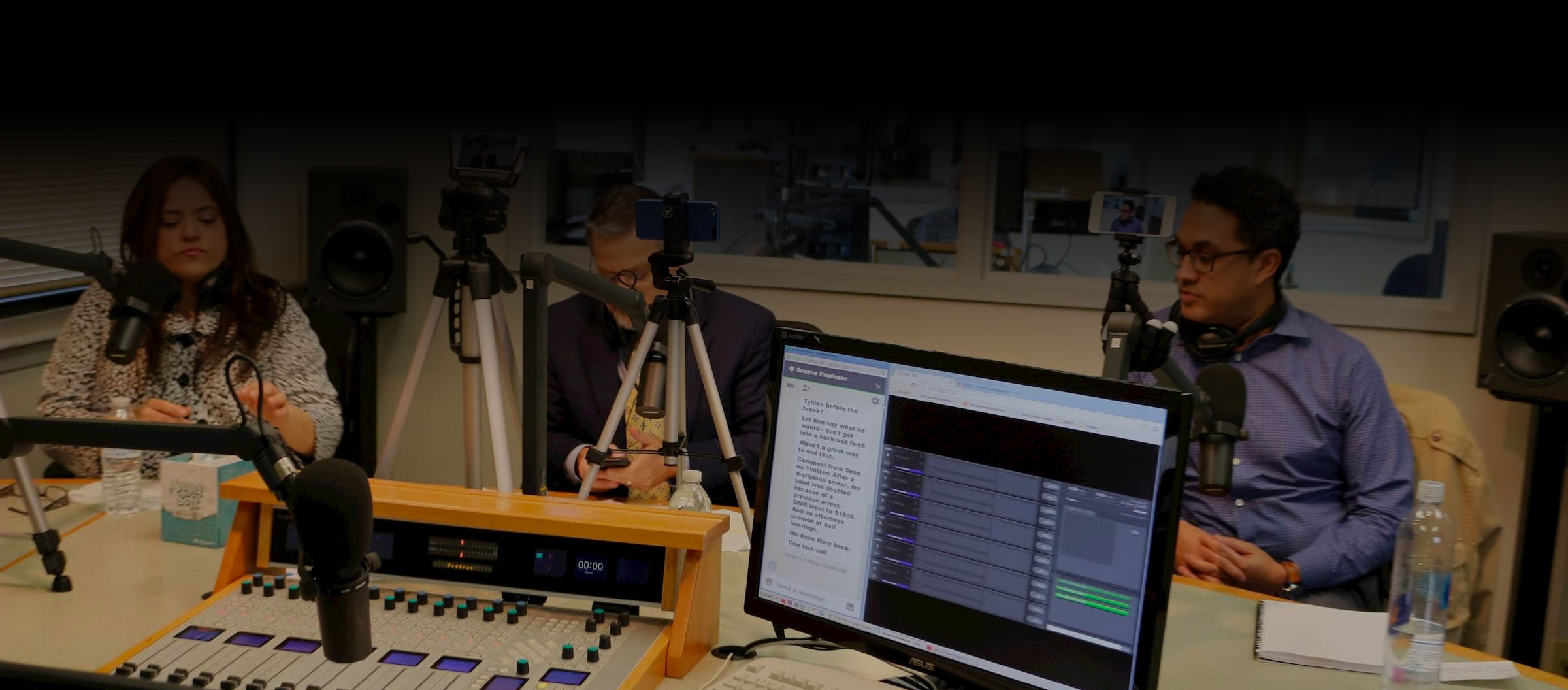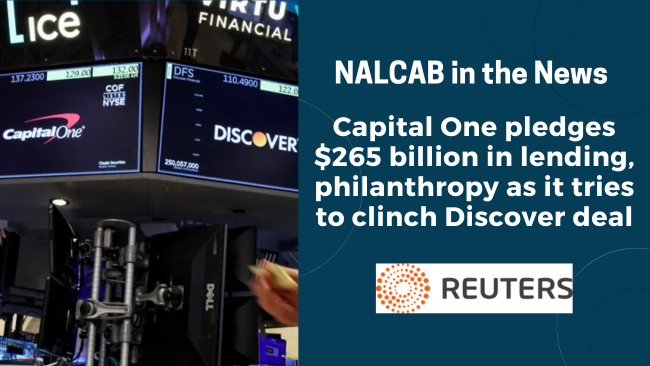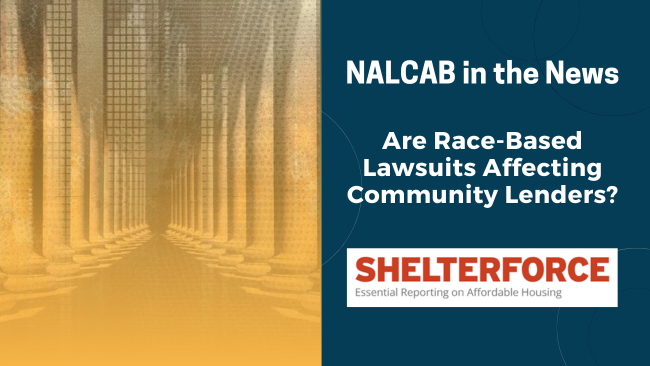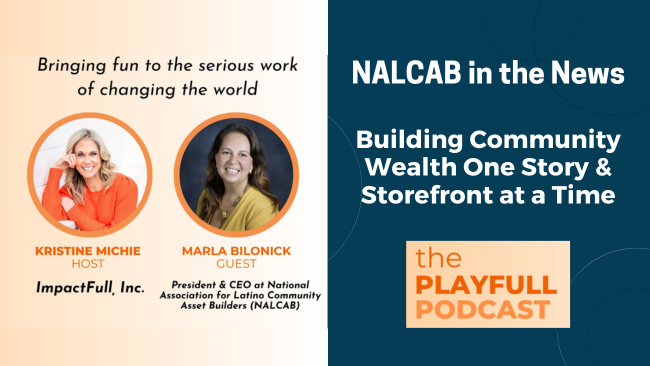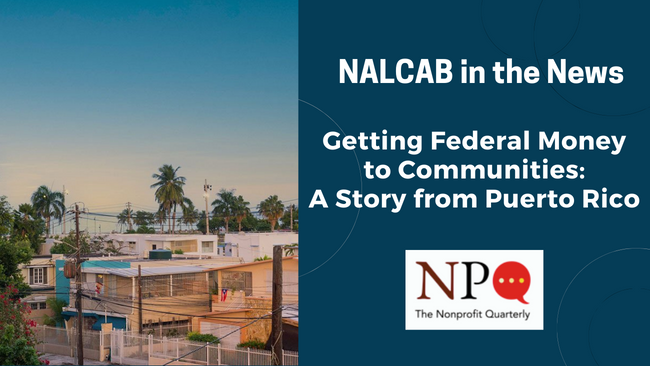
Leroy and Krastina Reynolds were out for a walk downtown one day, taking a break from work and their search for a place to expand with a second location, when they spotted a “for lease” sign at the Menger Hotel near the Alamo.
After considering spots at the airport and even New Orleans, this seemed like the ideal location for a boutique chocolate shop like theirs, Choicolate Artisan Chocolates, a business they had purchased in 2014 using their own savings and a conventional bank loan.
Within a month, the Army veteran and his wife were selling truffles and toffee from the Menger shop as well as from their original location in Stone Oak.
In the world of small business, owners need more than that kind of sweet serendipity to thrive and grow. They also need access to working capital. But most major banks tend to find smaller businesses too risky and not profitable enough to meet their lending standards. That’s where LiftFund comes in.
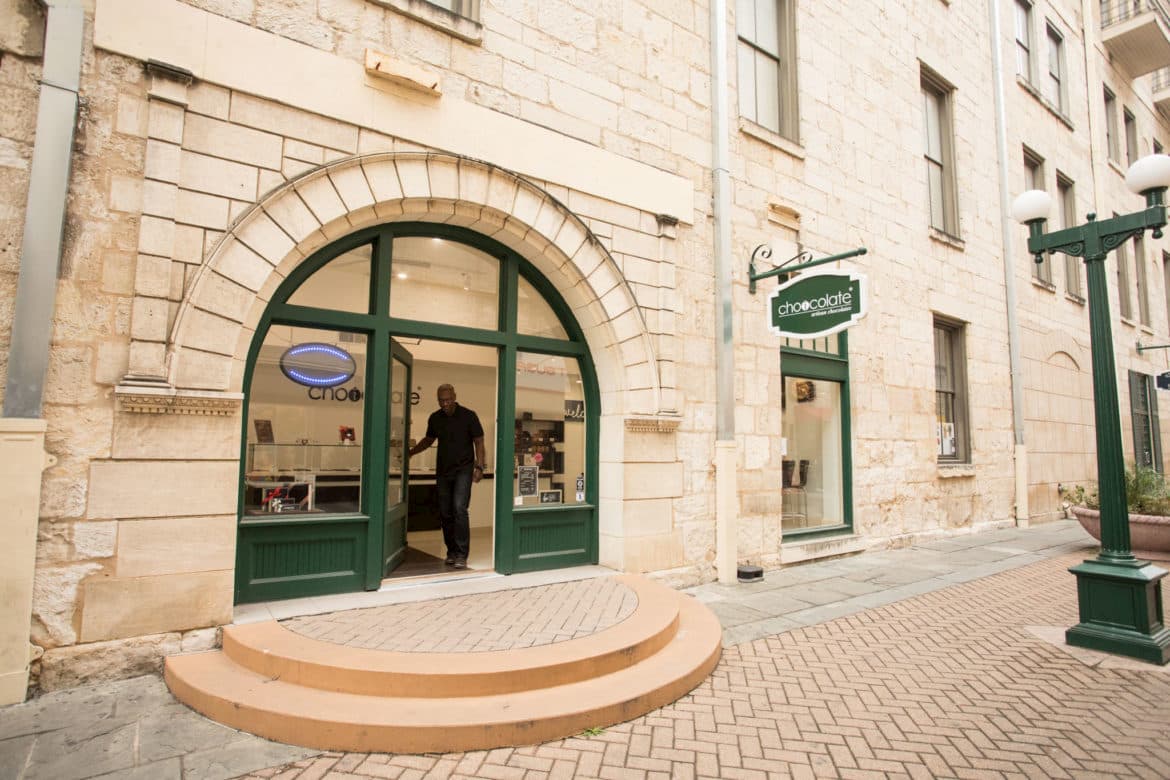
Bonnie Arbittier / Rivard Report
Leroy Reynolds, owner of Choicolate, opens the store for the day.
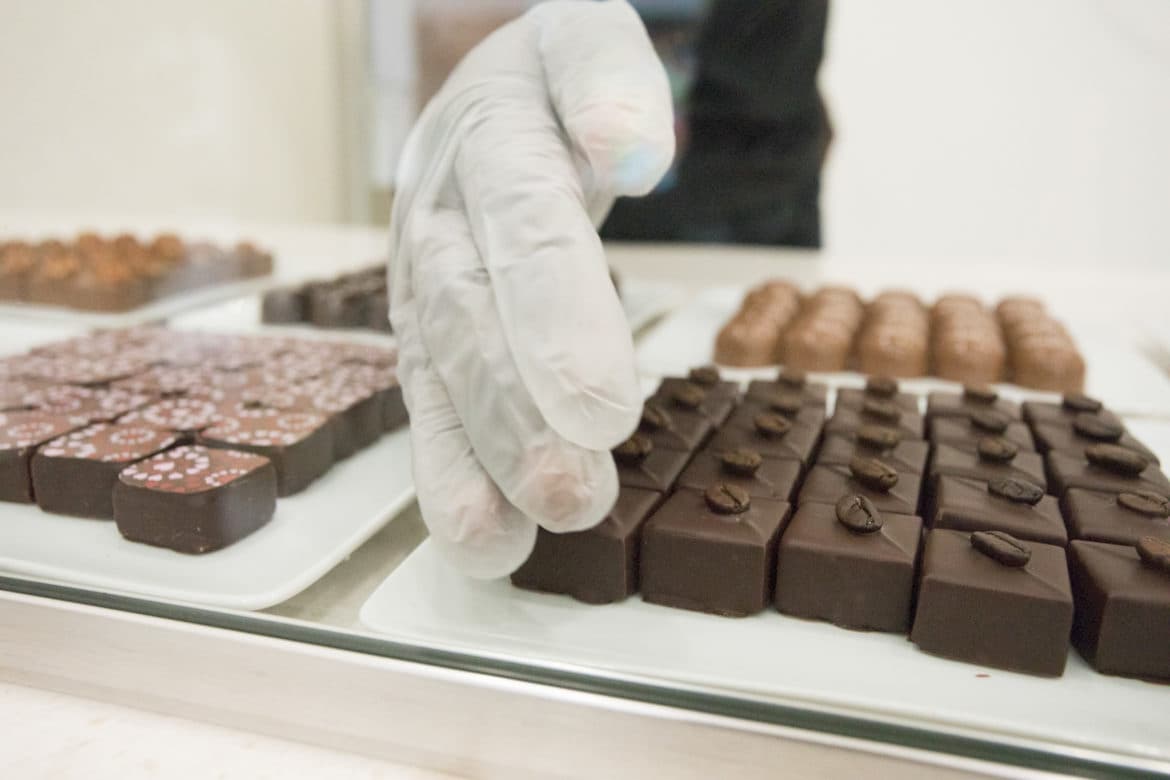
Bonnie Arbittier / Rivard Report
Leroy Reynolds straightens the displays of chocolate before opening the store.
Founded in San Antonio as Accion Texas in 1994, LiftFund is marking its quarter-century anniversary this year with a March 5 luncheon at the Tobin Center for the Performing Arts. With a start that began in the corner of a Wells Fargo Bank lobby downtown, LiftFund to date has made more than $300 million in loans to more than 21,000 clients in 13 states.
The Reynolds took advantage of a new LiftFund offering called the Dream Makers Fund (DMF). A permanent revolving loan fund, DMF is a new fundraising and lending model for LiftFund, a nonprofit that borrows money from banks and other investors and makes loans to entrepreneurs. Forty percent of the organization’s expenses are paid through fundraising efforts and grants, and the rest by interest revenue.
It’s a model similar to that used by microlending institutions in developing countries, one that LiftFund CEO Janie Barrera thought would, within three years of its founding, make the organization fully self-sufficient. That didn’t happen. But during the organization’s 25-year run offering a helping hand in the form of business loans and education, LiftFund has learned a few lessons of its own.
Top 10 Sectors that Receive LiftFund Loans, 2019
LiftFund, which makes small-business loans in 13 states, deals most often with the service and retail industry.
- Service
- Retail
- Professional Technical Services
- Transportation & Warehousing
- Food Service & Accommodation
- Construction
- Healthcare & Social Services
- Admin Support
- Manufacturing
- Arts & Entertainment
LiftFund estimates that for every $1 it lends, small-business owners generate $14 in economic activity for their communities. In San Antonio, an economic impact study by SABÉR Research Chief Economist Steve Nivin of the years between 2010 and 2016 showed that LiftFund borrowers created 2,704 new jobs and generated $112 million in income in the area.
“In the first 10 years, we were a laboratory of what works and doesn’t work,” Barrera said. “What hasn’t changed is the idea of lifting people up,” giving people access to capital out of a sense of social justice as much as economic development and progress. “What has changed is that we know to be self-sufficient or to grow we can’t spend 100-and-something hours with an individual. We’ve got to be efficient as possible in trying to make these loans.”

LiftFund President and CEO Janie Barrera
In addition to centralizing its backroom operations in San Antonio, LiftFund has created its own risk algorithm it uses to evaluate loan applicants. This year, LiftFund will work with a Florida credit union to incorporate regulatory standards into the risk algorithm that will allow credit unions everywhere to make business loans to a similar customer base that LiftFund serves.
LiftFund also is developing a loan program for the National Association of Latino Community Asset Builders (NALCAB) for its members, thus expanding its reach beyond its current 13-state charter to the entire country without opening a string of nationwide offices, a move that hasn’t always benefitted the organization or its customers, Barrera said. “What we’re doing instead is partnering with organizations like NALCAB and the credit unions so we also collectively are putting our resources together.”
Another lesson learned over the years is what led to the formation of the Dream Makers Fund. Leroy Reynolds borrowed $20,000 through the fund as well as an interest rate buy-down program for veterans via one of LiftFund’s bank partners.
“The reason banks don’t make these [small] loans is they don’t make any money,” Barrera said. “Any loan we make under $25,000, we don’t even break even on it. Any banker will be nodding their head, saying, ‘We get it.’” So LiftFund has been making larger loans and growing its portfolio, partnering with banks in some cases, while making smaller loans through DMF.
Through that fund, LiftFund has its own money, raised from donations, to lend. So instead of borrowing from a bank and paying interest, the organization can save the interest and make the kind of microloans some businesses need without LiftFund taking a financial hit. It’s a model that makes smaller loans more doable for LiftFund. And when loans are repaid, the principal goes back into the fund to feed future loans. For the 4 percent of loans that default, LiftFund uses a separate loan loss reserve to replenish the DMF.
“That same amount of money over time has a multiplier effect to be able to serve more people,” Barrera said. “What’s exciting to me about that, as a donor, you know exactly where your money is going. It’s not to turn on the lights or pay salaries. You know that donation is going into [a small business]. You’re helping that family build assets. [They] are paying it back and we use it again to help another family.”
LiftFund expects the Dream Makers Fund will in 12 years’ time serve at least 750 more small businesses that LiftFund would not have been able to serve. So far, LiftFund has raised $1.5 million toward its goal of three $5 million funds in three cities – San Antonio, Dallas, and Houston.
Related Posts
July 19, 2024 at 09:41 am
(REUTERS) Capital One pledges $265 billion in lend ...Posted by Hallie Chavez
...
June 17, 2024 at 02:10 pm
(SHELTERFORCE) Are Race-Based Lawsuits Affecting C ...Posted by Hallie Chavez
...
January 18, 2024 at 07:54 pm
(THE PLAYFUL PODCAST) Building Community Wealth On ...Posted by Nidia Alvarado
...
January 10, 2024 at 04:08 pm
(NPQ) Getting Federal Money to Communities: A Stor ...Posted by Hallie Chavez
...

